Spine gourd (Momordica dioica) is a flowering plant with a number of interesting characteristics:
- Appearance: A perennial vine with small leaves, small yellow flowers, and small, dark green, round or oval fruits.
- Family: A member of the Cucurbitaceae, or gourd, family.
- Taste: Sweet and not bitter, unlike other members of the bitter gourd family.
- Uses: The fruits are cooked as vegetables, fried, or eaten with meat or fish. The young leaves, flowers, and tuberous roots are also eaten.
- Medicinal value: Spine gourd is used in folk medicine and is said to have anti-inflammatory and neuro-protective properties. It may also help with diabetes and stomach ailments.
- Other names: Also known as bristly balsam pear, prickly carolaho, teasle gourd, kantola, kankoda, meetha karela, kakrol, kartoli, and bhatkarela.
- Cultivation: Spine gourd is propagated by underground tubers and grows well in non-loamy reddish-brown soils. It’s mainly cultivated in West Bengal, Gujarat, Madhya Pradesh, Maharashtra, and Karnataka.

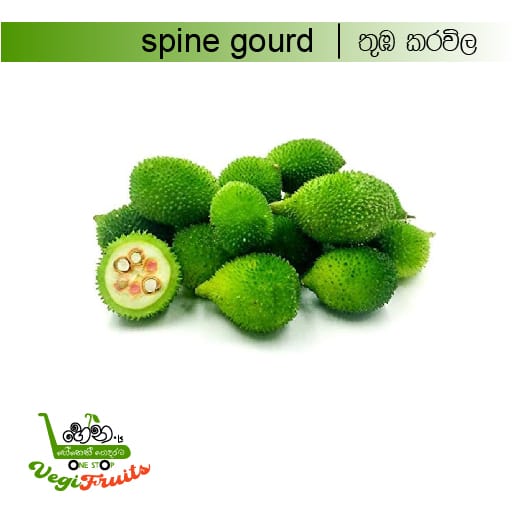
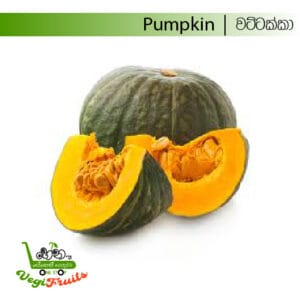
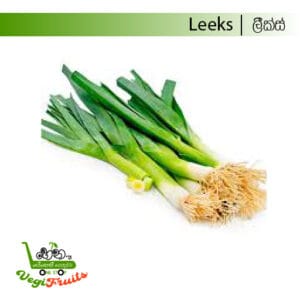
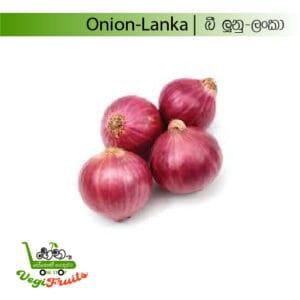
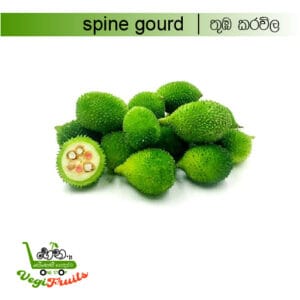
Reviews
There are no reviews yet.